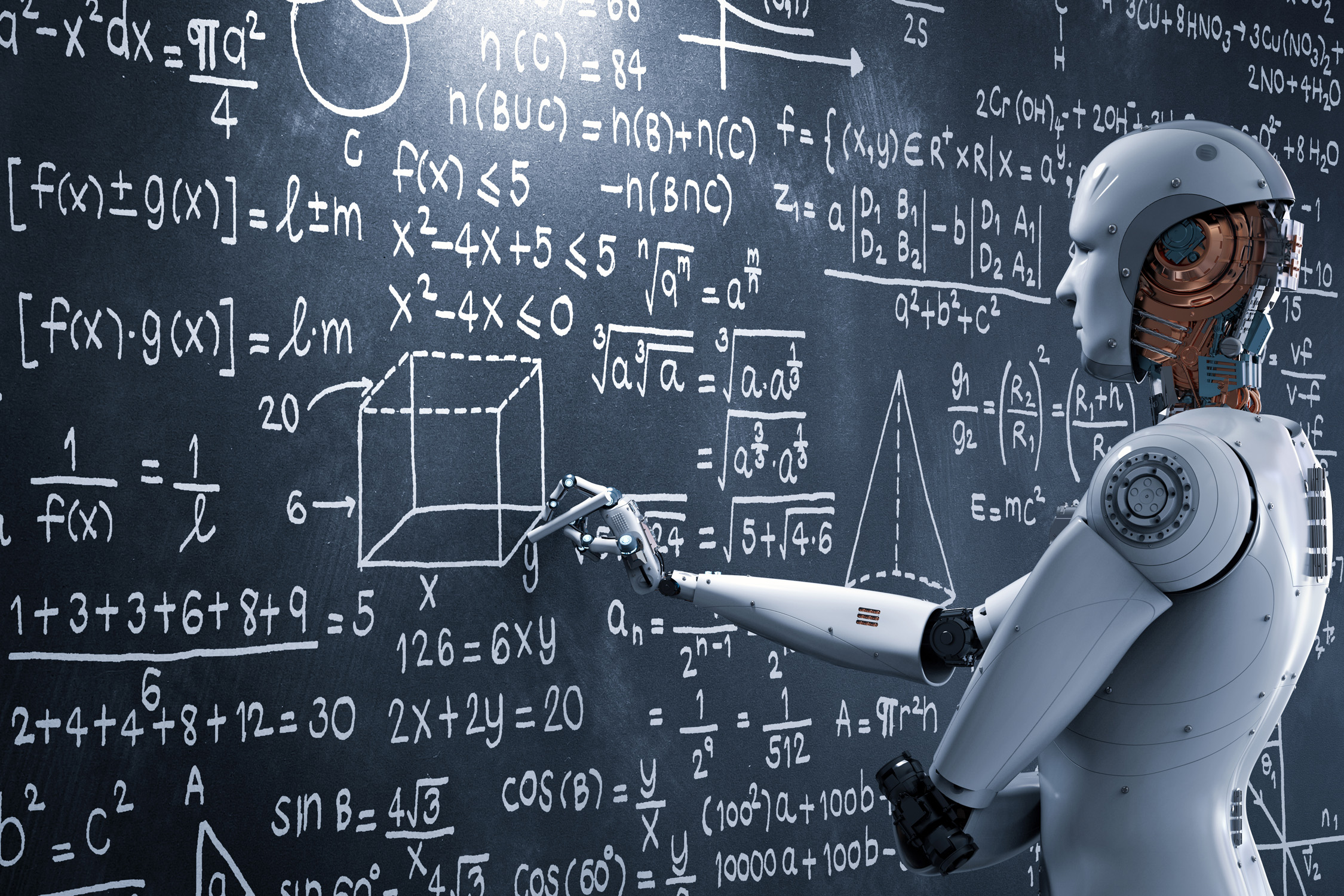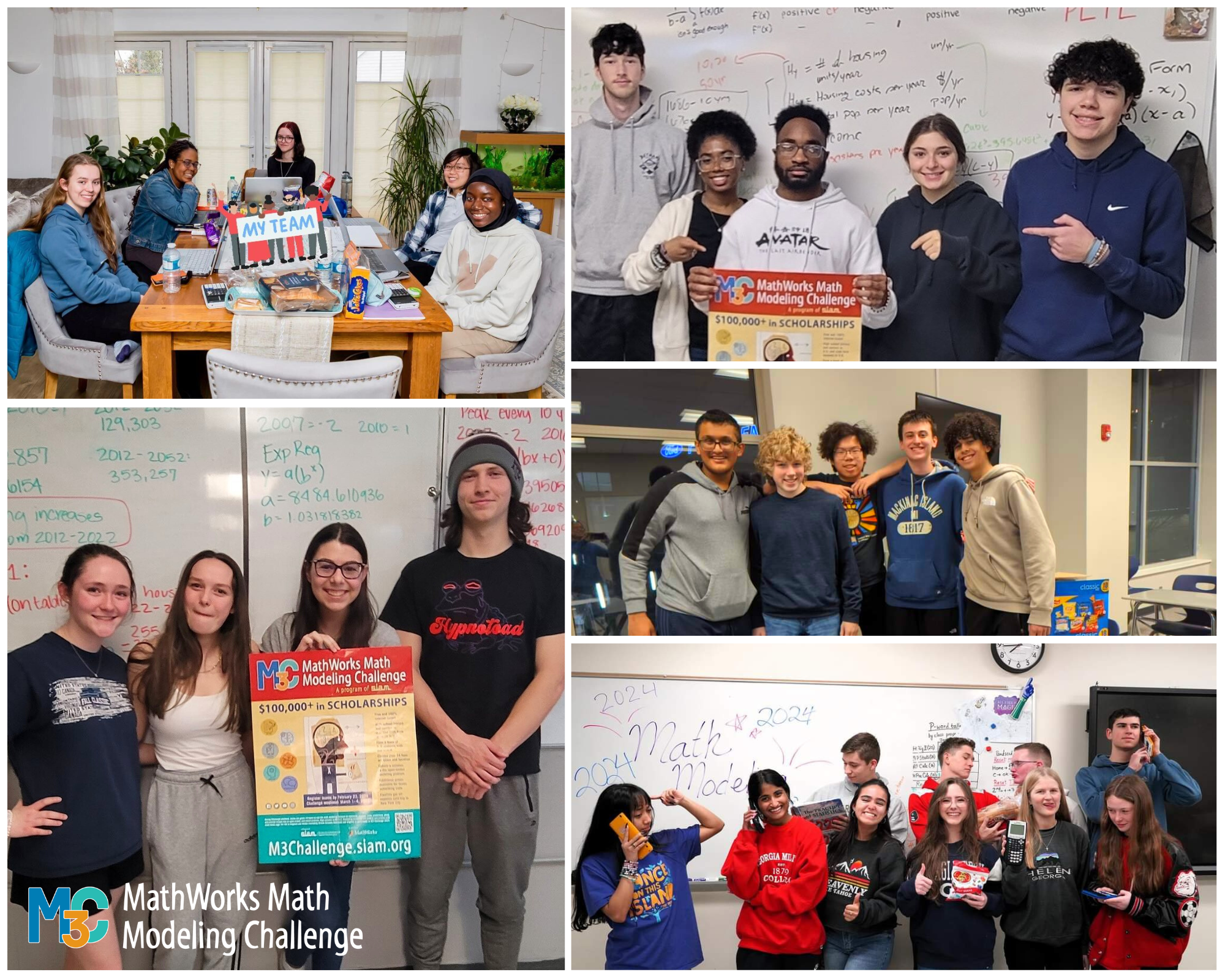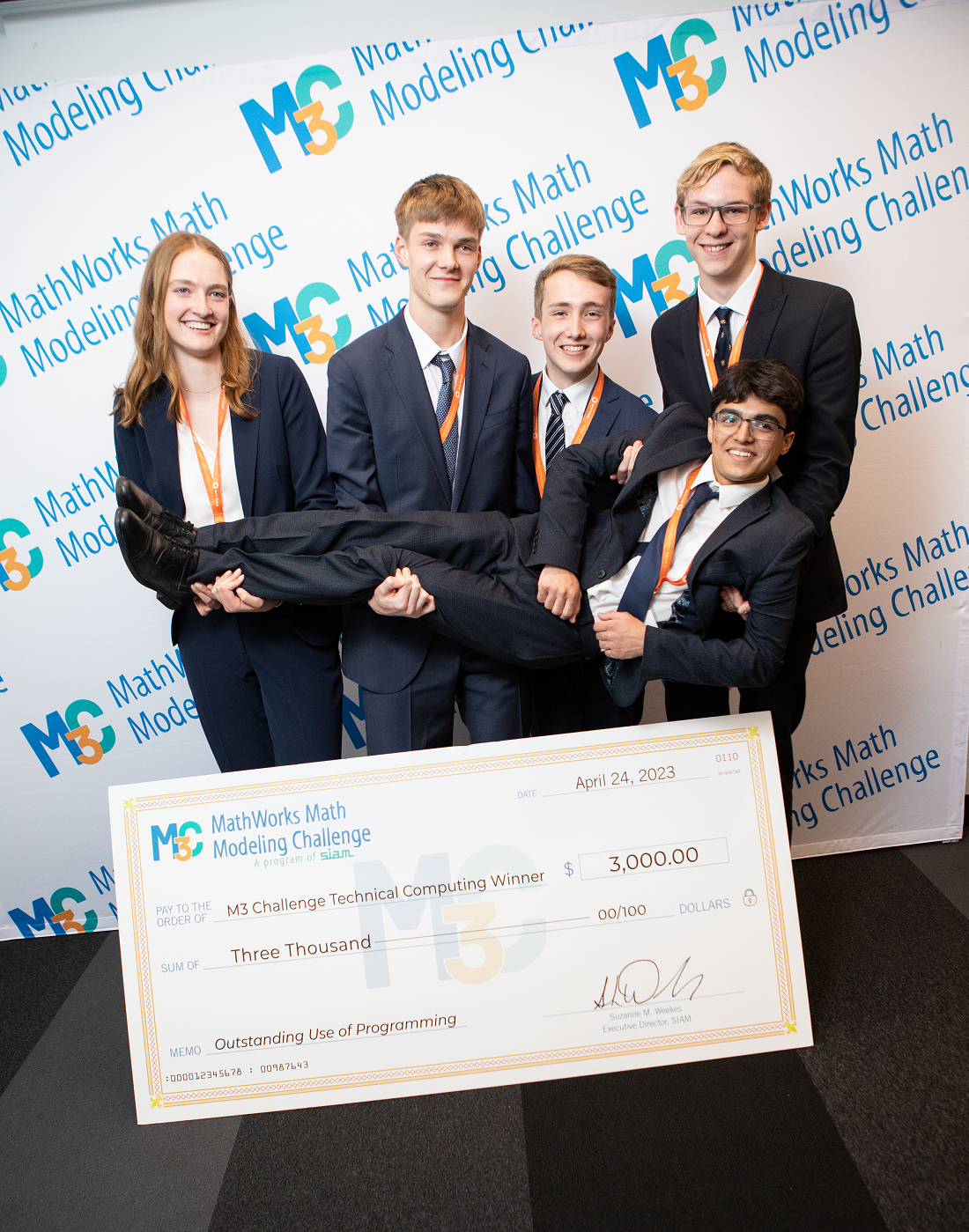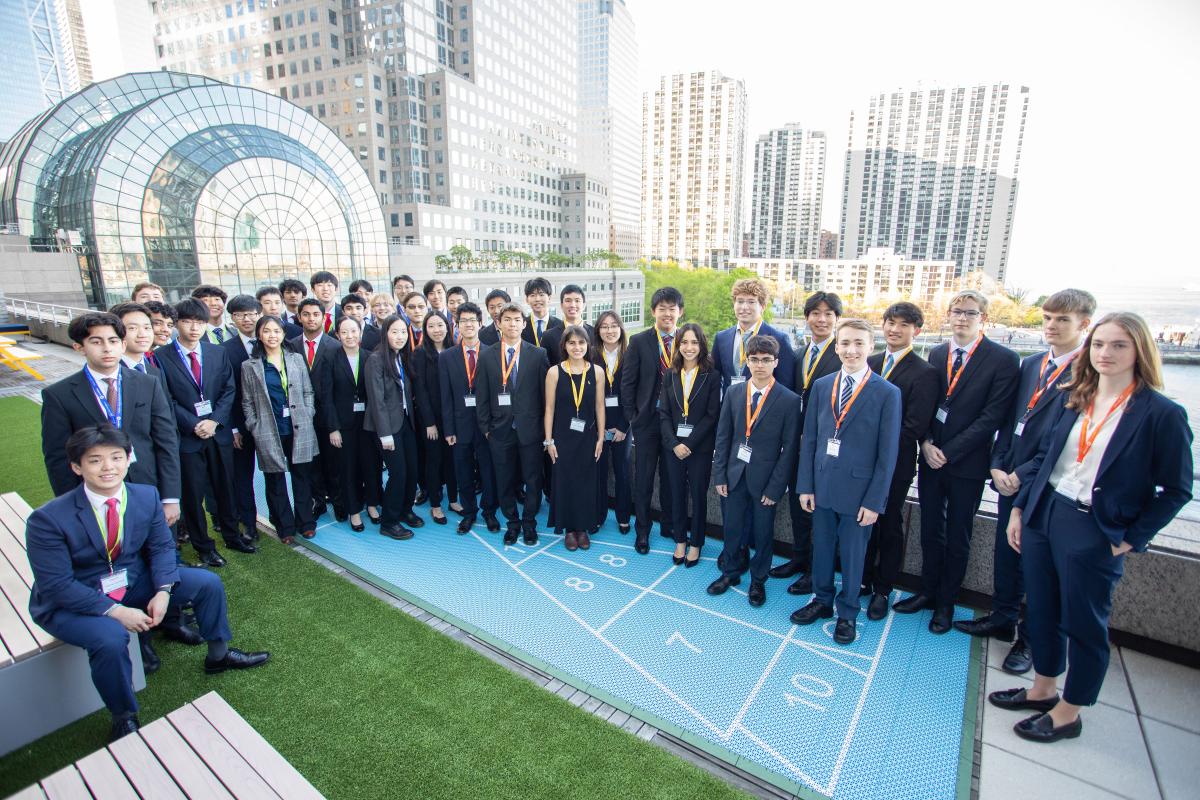Judge Commentary
Kelly Black, Ph.D., Department of Mathematics, University of Georgia
The student teams that took part in Moody’s Mega Math Challenge 2017 were asked three questions about five parks administered by the U.S. National Park Service (NPS). The questions required students to estimate future sea levels at each of the five parks, estimate the relative vulnerability of each park, and then recommend how to allocate scarce resources to best protect all of the parks. The questions posed are difficult, and researchers and policy makers at NPS have struggled to answer them. While this may have been the most difficult set of questions ever posed in the Challenge, the students’ submissions continue to impress the judges—a larger percentage of the papers read made significant progress compared to previous years.
Between the improvements in the students’ preparation and the increased difficulty of the questions, the judges needed more time to read the student submissions this year compared to previous years. One side effect of the difficult questions was that every paper had at least one significant flaw in either the writing or the mathematics. It was a difficult task to compare the teams’ papers, and the judges had to decide how to balance the students’ outstanding efforts with the unfortunate mistakes associated with exploring a hard problem in a short time.
To figure out how to balance the considerations we recognized that the Challenge consists of three important parts. These include the development of the model, the analysis of the model, and the documentation of the model. The observations about this year’s event are split into three parts to mirror these three aspects. The first part of the commentary explores a number of observations about the students’ modeling efforts. The second part explores different aspects about the mathematics associated with the analysis of the models. The last part offers some observations about the students’ writing and the presentation of the students’ results.





